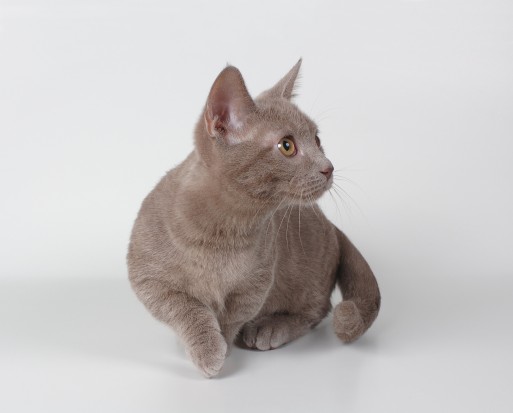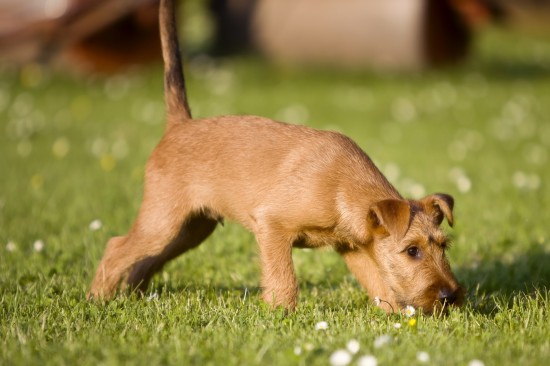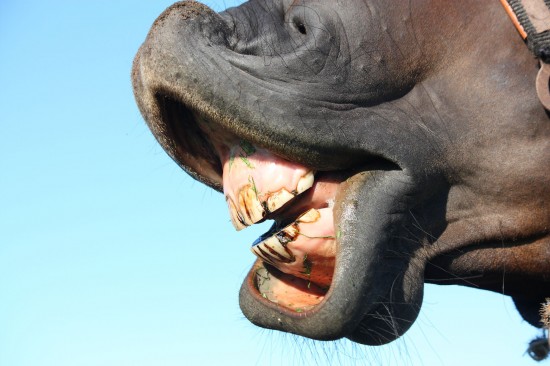
Just as we are living longer these days, so are our furry friends. Arthritis is a disease affecting us both in our old age. There is no cure yet and it can be heartbreaking to see our dogs succumb to this painful condition. As soon as you see him slowing down, limping or reluctant to jump or run, take him to your veterinarian for a diagnosis. Osteoarthritis causes progressive inflammation as well as cartilage deterioration which affects bone, joints and the soft tissue surrounding them. Inflammation also stimulates spurs (bony growths). These form alongside the joints and cause stiffness and pain.
There are differing types of canine arthritis and your veterinarian will need to take x-rays and various tests before offering treatment. The most common type of arthritis is due to aging. Other causes can be trauma from an old injury, repetitive hard exercise, or congenital disorder of the joints such as hip dysplasia, elbow dysplasia and osteochondrosis (orthopedic disease). Obesity is also a common cause.
Together with prescribed treatment, your veterinarian may recommend reducing the calorie intake at meal-times. Check for the appropriate weight of the breed of dog you have and start to give less in his food bowl, as well as omit fatty treats and too many carbohydrates. Any additional weight adds to the strain on the joints.
Frequent, gentle walks on a smooth terrain will be less painful than uphill runs or walking on stones. Hydrotherapy is extremely beneficial if this is possible. It allows freedom of movement without strain. Anti-inflammatory pills have side effects, as do all chemical medications.
Monitor your dog closely while he is taking these. If your dog is just at the beginning phase of osteoarthritis, a very beneficial nutritional supplement that is very popular is liquid glucosamine. Ask your veterinarian about nutraceuticals. These are perfectly natural supplements. Liquid glucosamine can be sprinkled onto your dog's food daily. The liquid form of glucosamine HCL is readily absorbed by his body and aids in building the tissue surrounding joints. Within 2 - 3 months and sometimes even weeks, you will notice an improvement as healing occurs. Provide a soft, warm bed and install ramps or steps to make life easier for him.
If you are about to be a pet owner, pick a breeder who is reliable and ask about possible joint problems of hips and elbows in his dogs. If you take one home from a shelter, the best thing you can do to prevent osteoarthritis later on is to give him the right amount of nutritious food with added supplements, fresh water daily, take him for walks as well as regular check-ups with your veterinarian (ask questions) and lots of love.
Learn more about treating your dog with arthritis by visiting our site. We offer info about using glucosamine for easing the pain and discomfort of this joint disease.
 Tips To Help Dogs & Cats Lose Weight Safely & Effectively
Tips To Help Dogs
Tips To Help Dogs & Cats Lose Weight Safely & Effectively
Tips To Help Dogs
 The Munchkin Cat - An Unusual Breed!
The Munchkin Cat
The Munchkin Cat - An Unusual Breed!
The Munchkin Cat
 5 Extraordinary Things Dogs Are Trained To Sniff Out
5 Extraordinary T
5 Extraordinary Things Dogs Are Trained To Sniff Out
5 Extraordinary T
 Ten Signs Of Bad Manners In The Dog
Ten Signs Of Bad
Ten Signs Of Bad Manners In The Dog
Ten Signs Of Bad
 Does Your Horse Need Their Teeth Checking?
Does Your Horse N
Does Your Horse Need Their Teeth Checking?
Does Your Horse N
Copyright © 2005-2016 Pet Information All Rights Reserved
Contact us: www162date@outlook.com